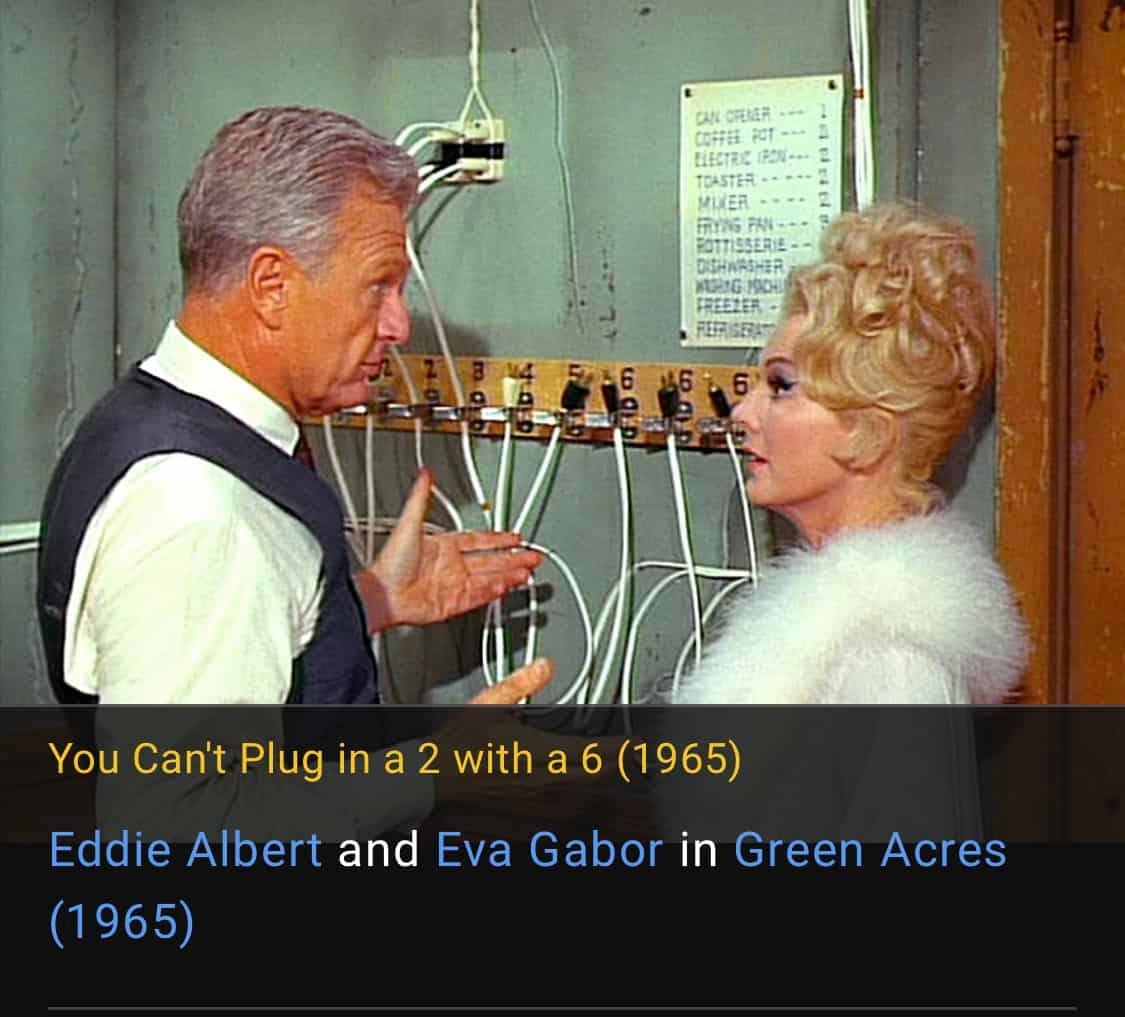How does a 30-amp to 50-amp adapter work?
A dogbone adapter can help you hook up to campground power, but it doesn't make more watts
Welcome to my J.A.M. (Just Ask Mike) Session, a weekly column where I answer your basic electrical questions. If you’re a newbie who’s never plugged in a shore power cord (or ask – what’s a shore power cord?), or wonder why your daughter’s hair dryer keeps tripping the circuit breaker, this column is for you. Send your questions to Mike Sokol at mike (at) noshockzone.org with the subject line – JAM.
Dear Mike,
On one of your webcasts there was a question about the two legs of 50-amp service. What does each leg power? Are they independent circuits? Just wondering because I seem to be able to run anything if hooked to 30 amp – but not at the same time without tripping a breaker.
Thanks. —Steve Peterson
Dear Steve,
Great question. Yes there are two independent hot legs on a campground pedestal with 50 amperes of current each, which powers two different sections of your RV’s breaker panel. The RV builder should have balanced the current loads so that one of your air conditioners is on Leg 1 and the other air conditioner is connected to Leg 2. They’ll also do something like put the microwave on Leg 1, and the bathroom outlets on Leg 2, and so on. See the diagram below.
While the industry calls this a 50-amp/240-volt RV outlet, it actually has two independent 120-volt legs, each of which is capable of supplying 50 amps of current. So there’s 100 amperes of current available (50 + 50 = 100), with a maximum of 50 amperes from each leg. That’s why the currents needs to be balanced. If you exceed 50 amperes of draw on either leg, both poles of the circuit breaker will trip and ALL the power will go out.
Connections
To answer the second part of your question, a properly wired 30-amp to 50-amp dogbone adapter feeds a single 30-amp/120-volt leg from the pedestal outlet into both power legs of your RV’s shore power cordset using a jumper wire inside of the 50-amp outlet. That why a single-pole 30-amp outlet with a dogbone adapter can power everything on both poles of your 50-amp shore power RV.
Load Shedding
However, this also means you only have a total of 30 amperes of current available to power everything in your RV, instead of the 100 amperes total you have from the two 50-amp/120-volt legs in a 50-amp outlet. Here’s how much wattage is available from each type of pedestal outlet as well as your residential service panel for comparison. .
20 amps at 120 volts = 2,400 watts (pedestal or home outlet)
30 amps at 120 volts = 3,600 watts (campground pedestal)
50 amps at 240 volts (100 amps at 120 volts) = 12,000 watts (campground pedestal)
200 amps at 240 volts (400 amps at 120 volts) = 48,000 watts (residential service panel)
Green Acres had limited power
So just like Lisa Douglas on the ‘60s sitcom Green Acres, there’s only so many things you can plug it at once.
The takeaway is that you can’t run your hair dryer and air conditioner at the same time or you’ll trip the 30-amp circuit breaker. This isn’t really dangerous if it happens – just inconvenient if you’re trying out a new hairstyle and only get halfway done.
That’s a wrap…
OK, everyone. Remember that electricity is a useful and powerful force, so we all need to pay attention to safety precautions while using it.
Let’s play safe out there…. Mike









